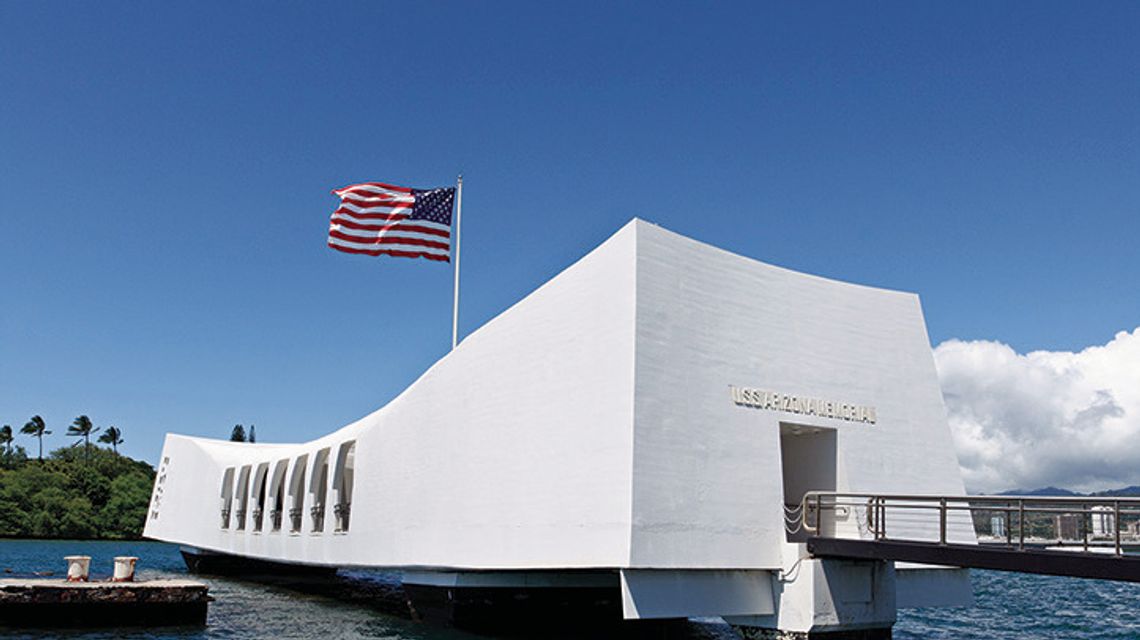On the morning of Dec. 7, 1941, just before 8 a.m., the United States naval base Pearl Harbor near Honolulu, Hawaii, was the scene of a surprise attack by Japanese forces. The aerial attack precipitated the entry of the United States into World War II, and helped cement worsening relations between the U.S. and Japan.
In remembrance of the attack, here are seven facts about this infamous day in American history.
1. Hundreds of Japanese fighter planes descended on the base. The first wave of 189 launched at 7:55 a.m. and the second wave of 170 aircraft launched at 8:40 a.m.
2. The Wickes-class destroyer USS Ward was the first to fire shots on Dec. 7, 1941. The minesweeper Connor spotted a Japanese sub’s periscope in the waters near the base and the USS Ward sank the Ko-hyoteki-class midget submarine near the entrance to the harbor.
3. Prior to the Pearl Harbor attack, economic sanctions and trade embargoes were established by the United States against Japan in response to Japanese expansion into China’s import market and the Japanese attitude toward that country. The Pearl Harbor attacks were likely retribution against these sanctions and due to an apparent standoff in negotiations between Tokyo and Washington, D.C.
4. The attack on Pearl Harbor lasted one hour and 15 minutes.
5. The attack killed 2,403 service members and wounded 1,178 more. Six U.S. ships were destroyed or sank and 169 U.S. Navy and Army Air Corps planes were destroyed.
6. Although the attack was a surprise that morning, the base knew that something could be coming. Admiral Husband E. Kimmel and Lieutenant Walter C. Short, who shared command at Pearl Harbor, were previously warned three times of the possibility of war on Oct. 16, Nov. 24 and Nov. 27. The dispatched “war warning” said to “execute an appropriate defensive deployment,” according to Britannica.
7. President Franklin D. Roosevelt addressed a joint session of the U.S. Congress on December 8, the day after the Pearl Harbor attack. He called Dec. 7, 1941, “a date which will live in infamy.” The same day Congress approved Roosevelt’s declaration of war on Japan. Three days later, Japanese allies Italy and Germany declared war on the United States.



